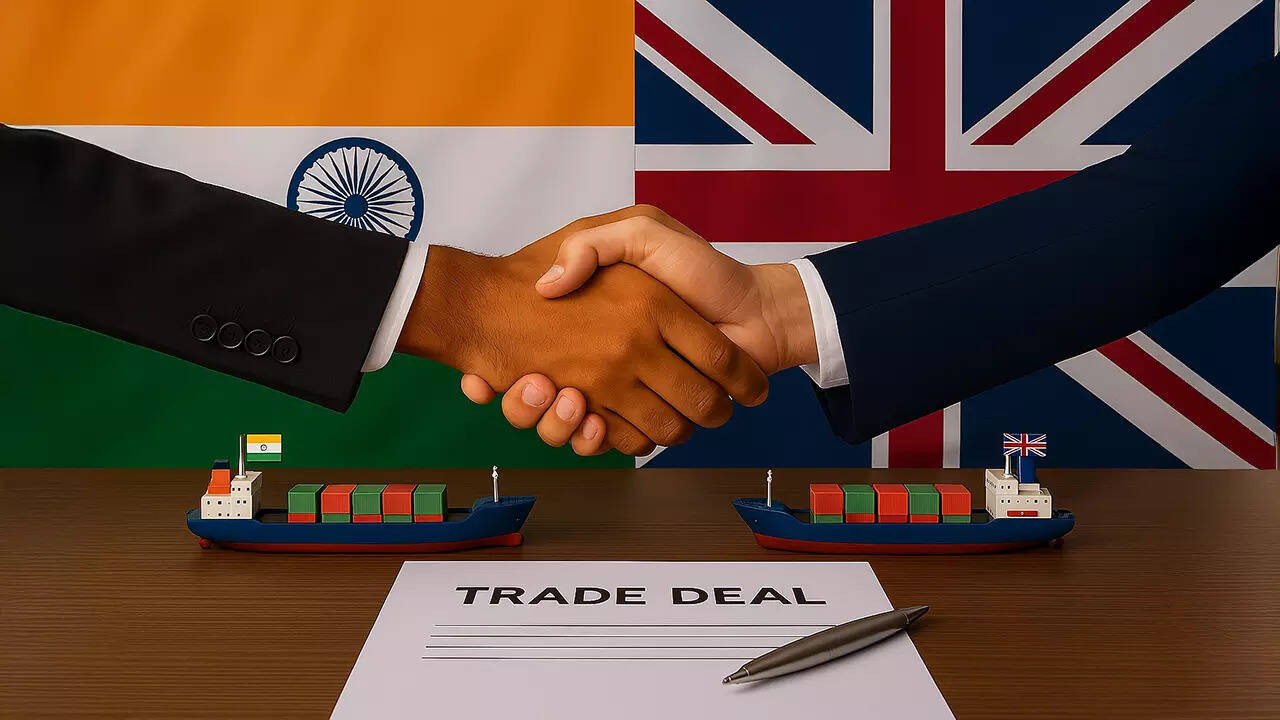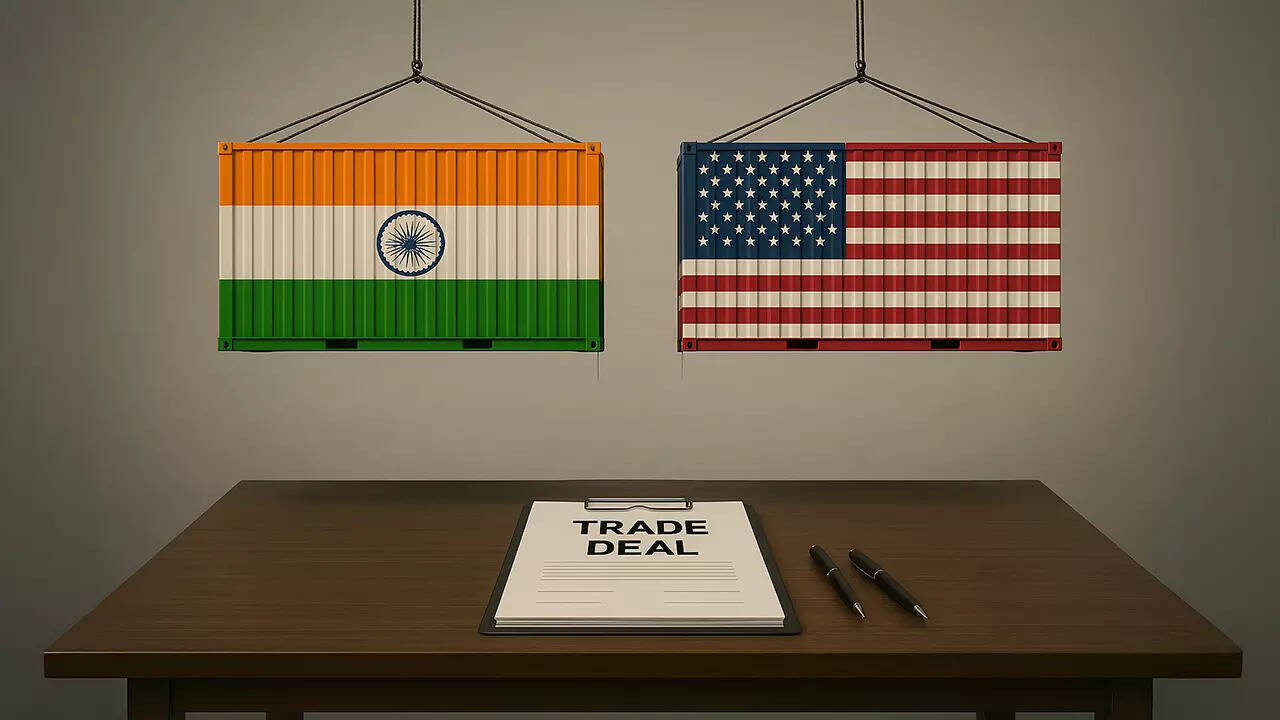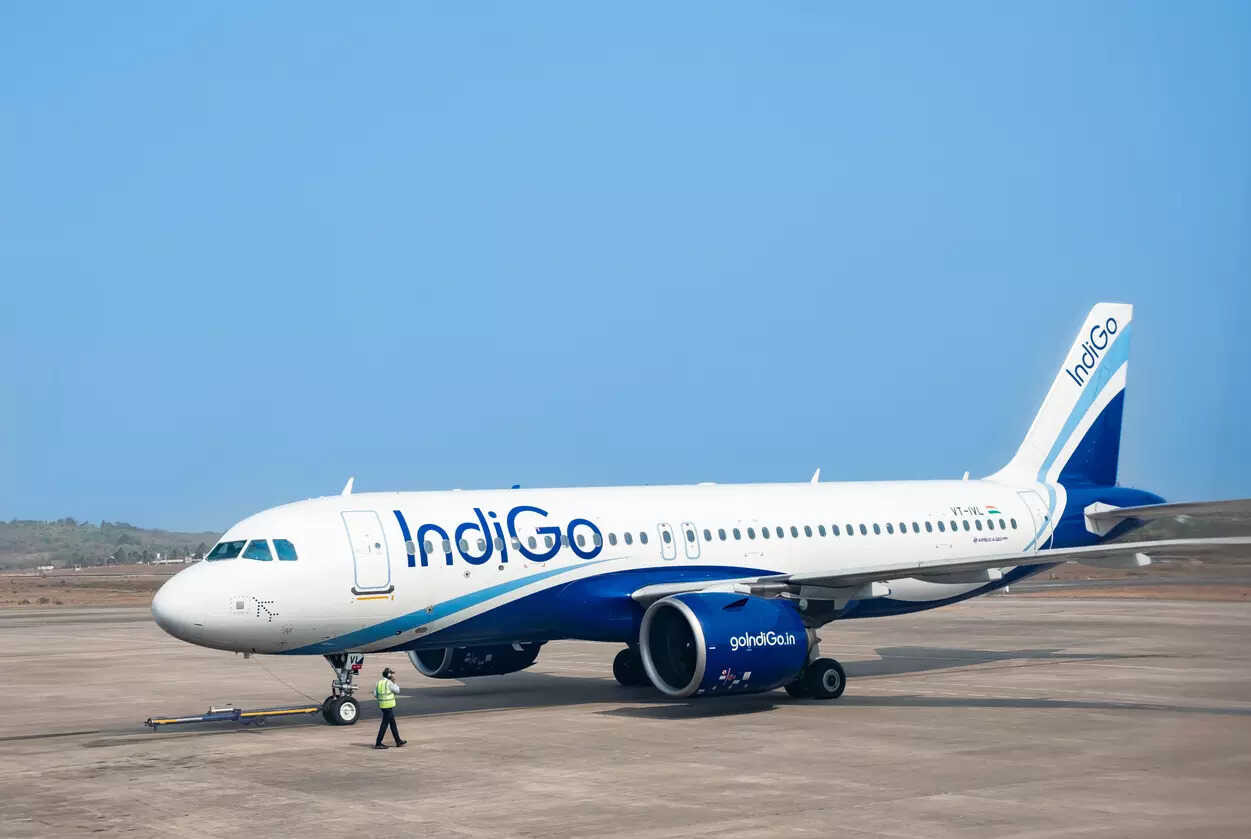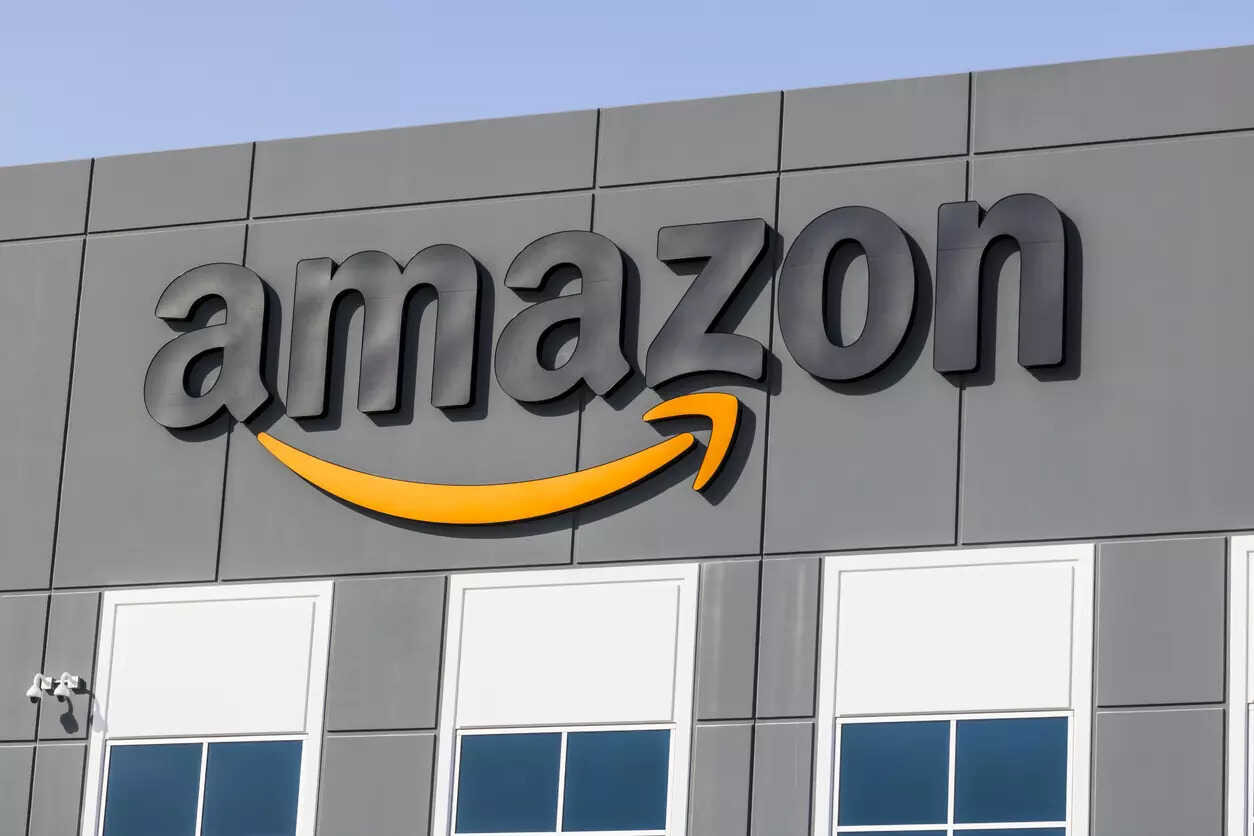The India-UK Free Trade Agreement, signed recently, is set to reduce trade tariffs significantly, potentially boosting bilateral trade by £25.5 billion and increasing the UK’s GDP. UK Business and Trade Secretary Jonathan Reynolds highlighted the agreement’s benefits, including improved market access and simplified trade processes. The FTA awaits parliamentary ratification after reports from key commissions.
A New Chapter for India-UK Trade: What the Impending FTA Means
The air crackles with anticipation. It feels like we’re on the cusp of something significant, a real game-changer for businesses on both sides of the globe. The India-UK Free Trade Agreement (FTA) is inching closer to reality, and the buzz surrounding its potential impact is palpable. Forget incremental change; this pact promises a seismic shift in how these two economic powerhouses interact.
Imagine a world with fewer trade barriers, streamlined processes, and a surge in investment. That’s the promise being whispered in the corridors of power, from Delhi to London. But what exactly is at stake, and who stands to benefit the most?
Lowering Barriers, Raising Confidence: The Core of the India-UK FTA
At its heart, the India-UK FTA is about dismantling the obstacles that have traditionally hindered trade. Tariffs, those taxes on imported goods, are prime targets. The agreement aims to slash these tariffs on a wide range of products, making goods cheaper and more accessible for consumers. Think of it as opening the floodgates for businesses to explore new markets without the sting of hefty import duties.
But it’s more than just cutting costs. The FTA is designed to foster a climate of trust and predictability. By establishing clear rules and regulations for trade, it aims to boost business confidence and encourage companies to invest and expand. This enhanced certainty can be particularly beneficial for smaller businesses that may have been hesitant to venture into international markets due to the perceived risks and complexities.

Opportunities Abound: Key Sectors to Watch
So, which sectors are poised for the biggest boost? Several industries are expected to see a surge in activity under the FTA.
* Manufacturing: The reduction in tariffs could make Indian manufactured goods more competitive in the UK market, leading to increased exports in sectors such as textiles, engineering goods, and leather products. Likewise, UK manufacturers could find it easier and more cost-effective to sell their products in India.
* Agriculture: While agricultural trade can be complex, the FTA aims to address some of the existing barriers. This could lead to increased trade in specific agricultural products, benefitting farmers and consumers in both countries.
* Services: The services sector is a significant contributor to both economies, and the FTA aims to facilitate cross-border trade in services such as IT, finance, and healthcare. This could lead to greater collaboration and innovation in these sectors.
* Technology: With both India and the UK being hubs for technological innovation, the FTA could pave the way for increased collaboration in areas such as artificial intelligence, renewable energy, and digital technologies.
Consider the implications for the automotive industry, for instance. Lower tariffs on components could make it more attractive for UK car manufacturers to source parts from India, boosting the Indian auto component industry. Similarly, the FTA could make it easier for Indian tech companies to offer their services to UK businesses, driving growth in the Indian IT sector.
Navigating the Path Forward: Challenges and Considerations
While the potential benefits of the FTA are clear, it’s important to acknowledge that there will be challenges along the way. Some domestic industries may face increased competition from imports, requiring them to adapt and innovate to remain competitive. It’s also crucial to ensure that the benefits of the FTA are distributed fairly across different sectors and regions.
For businesses looking to capitalize on the opportunities presented by the India-UK FTA, understanding the new rules and regulations will be essential. Seeking expert advice on trade compliance, customs procedures, and intellectual property rights will be crucial for navigating the complexities of international trade. Further, developing a solid understanding of the cultural nuances of doing business in each country is vital. Building strong relationships with local partners and adapting business practices to suit the local market will be important for success. Consider how digital transformation initiatives can help streamline these international trade processes.
The India-UK FTA holds immense promise for strengthening economic ties and fostering greater collaboration between these two nations. While challenges undoubtedly exist, the potential benefits for businesses and consumers are significant. This is more than just a trade deal; it’s a testament to the enduring relationship between India and the UK and a bold step towards a future of shared prosperity. By embracing the opportunities and navigating the challenges with diligence and foresight, businesses can unlock the full potential of this transformative agreement and contribute to a more dynamic and interconnected global economy.







